Lesbian poets have given the world a true gift; lesbian poems. In a world made for straight, cisgender people, we lesbians must seek solace and familiarity in the content we consume. That goes for lesbian books, lesbian movies, lesbian TV, and of course, lesbian poetry.
But what is lesbian poetry? In my opinion, any poetry that resonates with my lesbian experience falls under the “lesbian poetry” umbrella.
Sometimes a poem angles toward a lesbian experience, and the poet wrote the poem for lesbians. Sometimes, lesbian poetry is any poem written by a lesbian poet, even if it’s not “about” queer experiences.
Of course, I’m always on the hunt for lesbian poems, especially lesbian love poems (which I point you toward in the article). But I will only accept lesbian poetry from lesbian poets themselves.
Or at least speculated lesbian poets. History has no way of confirming some poets on this list, but we’re making educated guesses here.
After a long dive and multiple request submissions to my library for lesbian poetry books, I’ve collected the top 12 lesbian poets and lesbian poems. Please enjoy your lesbian poetry education.
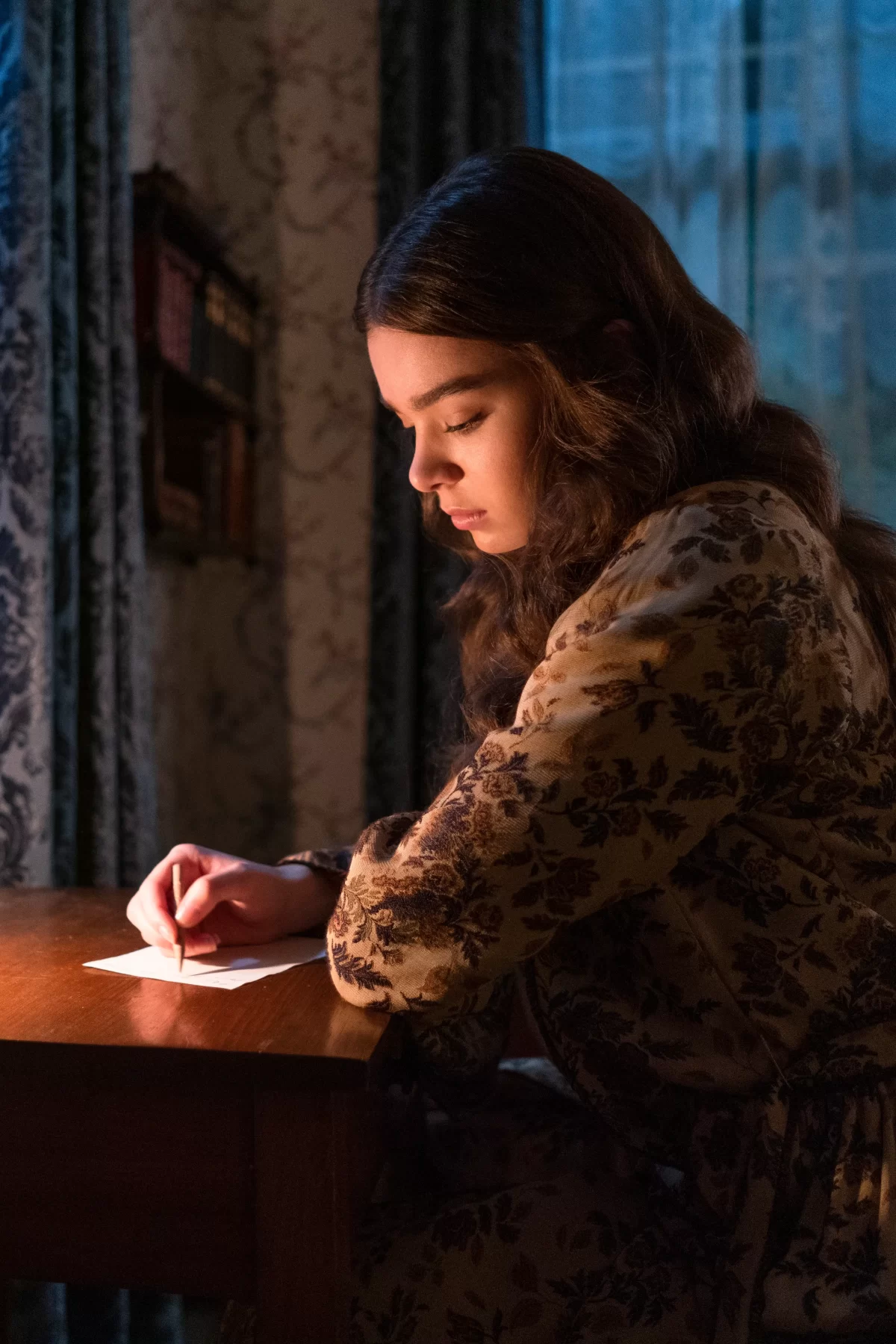
A Brief History of Lesbian Poetry
Lesbian poetry makes its first mark in history with Sappho. Unfortunately, much of Sappho’s marks are little more than scraps of her poetry.

Sappho’s life unfolded somewhere around 615 BC. She lived on the island Lesbos in Greece, writing and teaching unmarried women. Writings from other historical figures indicate that she was likely widely respected. Plato even called her a muse.
Sappho’s work on Lesbos is how we got the labels “lesbian” and “sapphic.” Though much of her lesbian poetry (and the rest of her poetry) is lost to us, what remains paints a clear picture of her love for women. Some of her lines about women still resonate (at least for me).
- “Once again, love drives me on, that loosener of limbs, bittersweet creature against which nothing can be done.”
- “In the crooks of your body, I find my religion.”

Sappho is our OG lesbian poet, but history still has a record of women dabbling (or fulling committing) to lesbian poetry.
Much of the early lesbian poetry began as letters to lovers. Are you familiar with Emily Dickinson yet? You will be!
Other times, lesbian poets attempted to veil a sapphic inspiration under the guise of writing from a male’s perspective.
Have we heard this one in recent years? Maybe about a song called “Betty”?
Sometimes, lesbian poets who were not out tried hiding their poems of intense love for women as romantic friendships or sisterly bonds. This sometimes forces historians (and us) to “queer” the poetry and call it lesbian poetry.
There’s no way to prove whether a poem written in the 1800s was a lesbian poem. Just the slightest whiff of sapphic energy is all I need to call a poem an LGBT poem.
In this exercise, I like to say, “all gay unless proven otherwise.”
Lesbian Poems from Lesbian Poets
- Emily Dickinson
I will try not to write 3k words on Emily Dickinson alone. Like many sapphics, I became obsessed with Emily Dickinson after Apple TV displayed the genius lesbian series, Dickinson.
After Hailee Steinfeld’s witty modern-but-still-in-a-corset performance of Emily as a sapphic woman, I had to know more about this historical lesbian poet.

Of course, the show merely interprets the blanks left in Emily’s life. Here’s what we do know. Born in 1830 in Amherst, much of Emily’s work was not published until after her passing. Until then, the letters she wrote to her friends (and lovers?) carried most of her writing. And oh, was it gay.
Most of these letters Emily sent to her friend (and later, sister-in-law), Susan Huntington Gilbert (Dickinson). Emily often wrote poems to Sue, who supported Emily’s work.
One such poem that most sapphics point to as proof of Emily’s feelings for Sue ends in the famous “Sue—forevermore!”
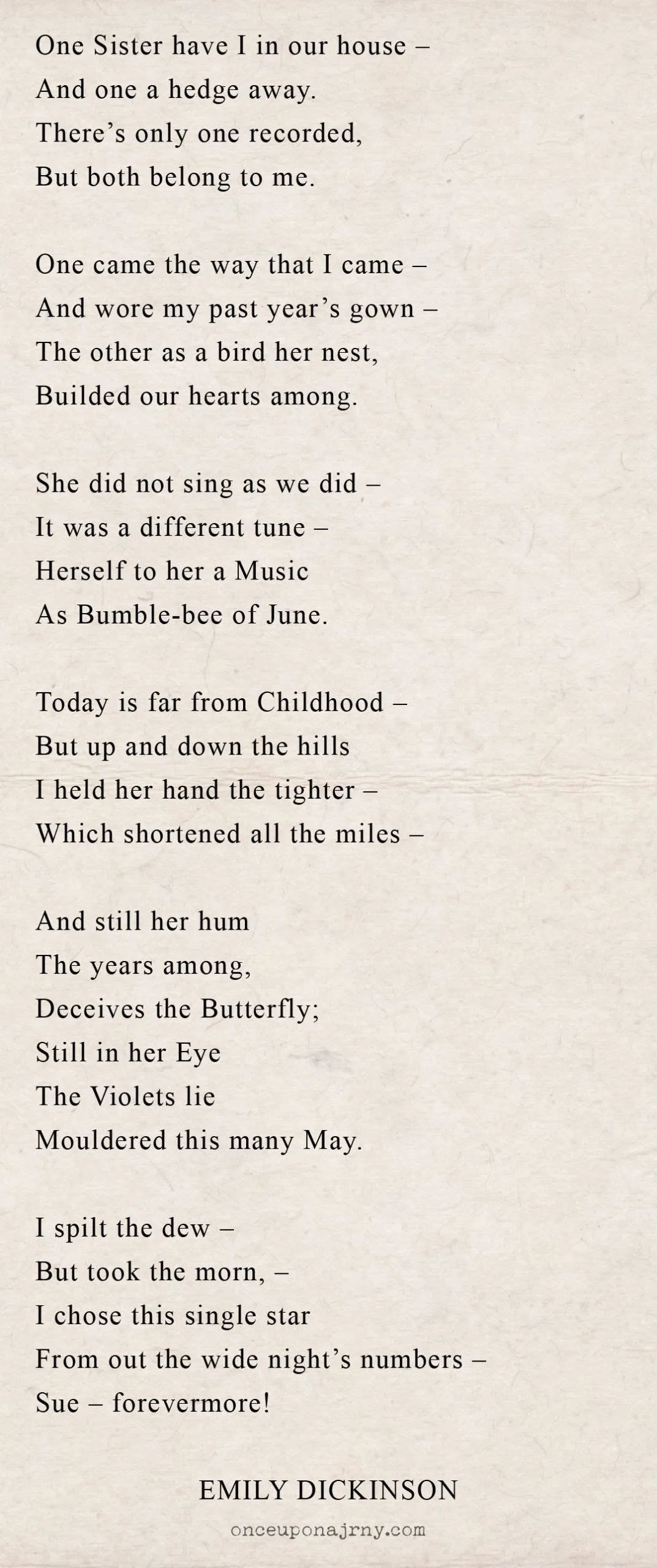
A Lesbian Poet Icon
If you’re eager for more Emily Dickinson (especially as her work pertains to Sue and lesbian poetry), there’s a book for that. Open Me Carefully: Emily Dickinson’s Intimate Letters to Susan Huntington Dickinson is a volume of letters and poetry Emily sent to Sue over the years of their relationship.
If you still want more after that, listen t” “Ivy” by Taylor Swift. Not at all coincidentally on the Evermore album.
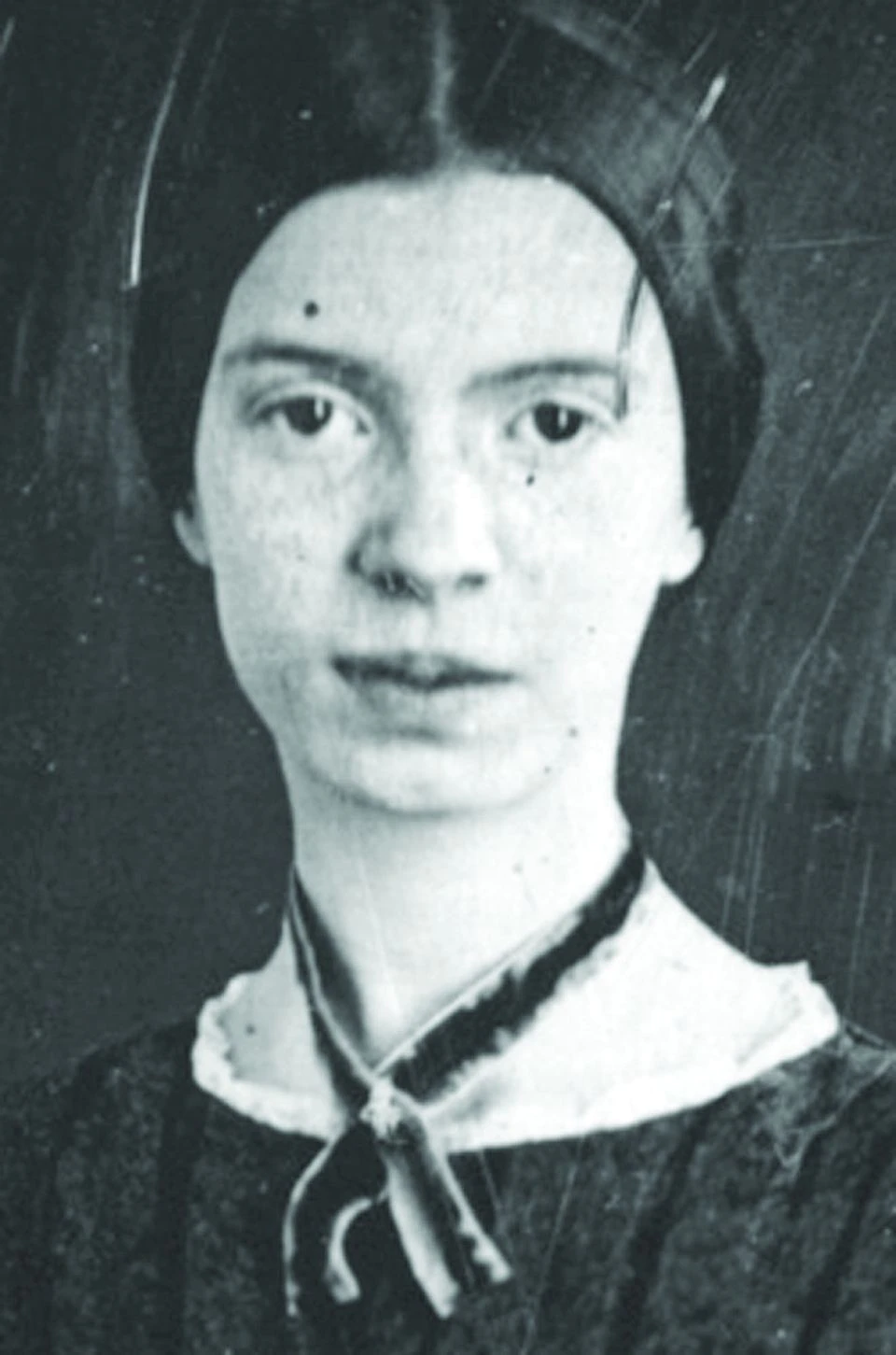
In the late 1850s, Emily Dickinson had few visitors and wrote many poems while remaining reclusive. And, as I can only imagine, she was stuck inside her head, where she cranked out the most poetry she would in her lifetime.
After passing, her sister found a trunk of poem manuscript booklets that she would eventually get help publishing. (Thanks, girl!)
- Wu Zao
Wu Zao, or Wu Tsao, is an often forgotten writer of lesbian poetry, likely because she isn’t from the western world.
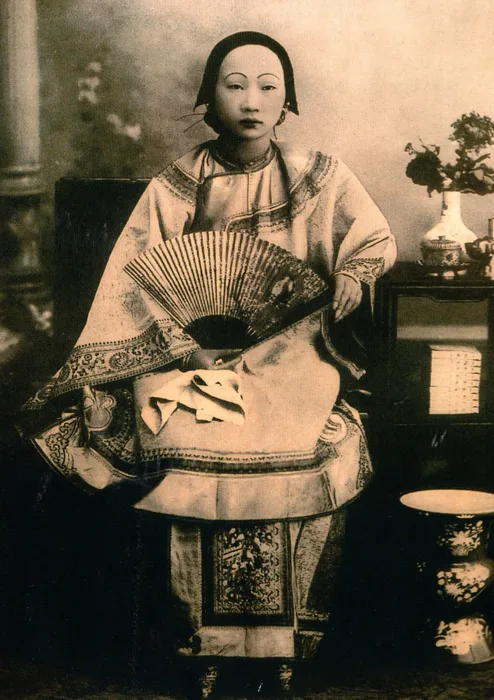
Born at the tail end of the 1700s in China, her legacy includes 85 lesbian poems, song lyrics, and other written works. Wu Tsao marks one of the world’s first lesbian poets of color.
While Wu Zao married a man, much of her poetry is undeniably lesbian/queer. The first stanza of her poem titled “For the Courtesan Ch’ing Lin” reads:

Chinese Lesbian Poet and Lyricist
More than the wondrous joy of 1800s Chinese lesbian poetry, some of Zao’s work describes another queer experience. Gender nonconformity or frustration with gender was typical of people assigned females at birth centuries back.
A lot of detachment and frustration with the female gender had to do with women being second-class citizens. But with a queer lens, Zao’s work that reflects such frustration might mean more about gender than political agitation. A song lyric by Zao reads:
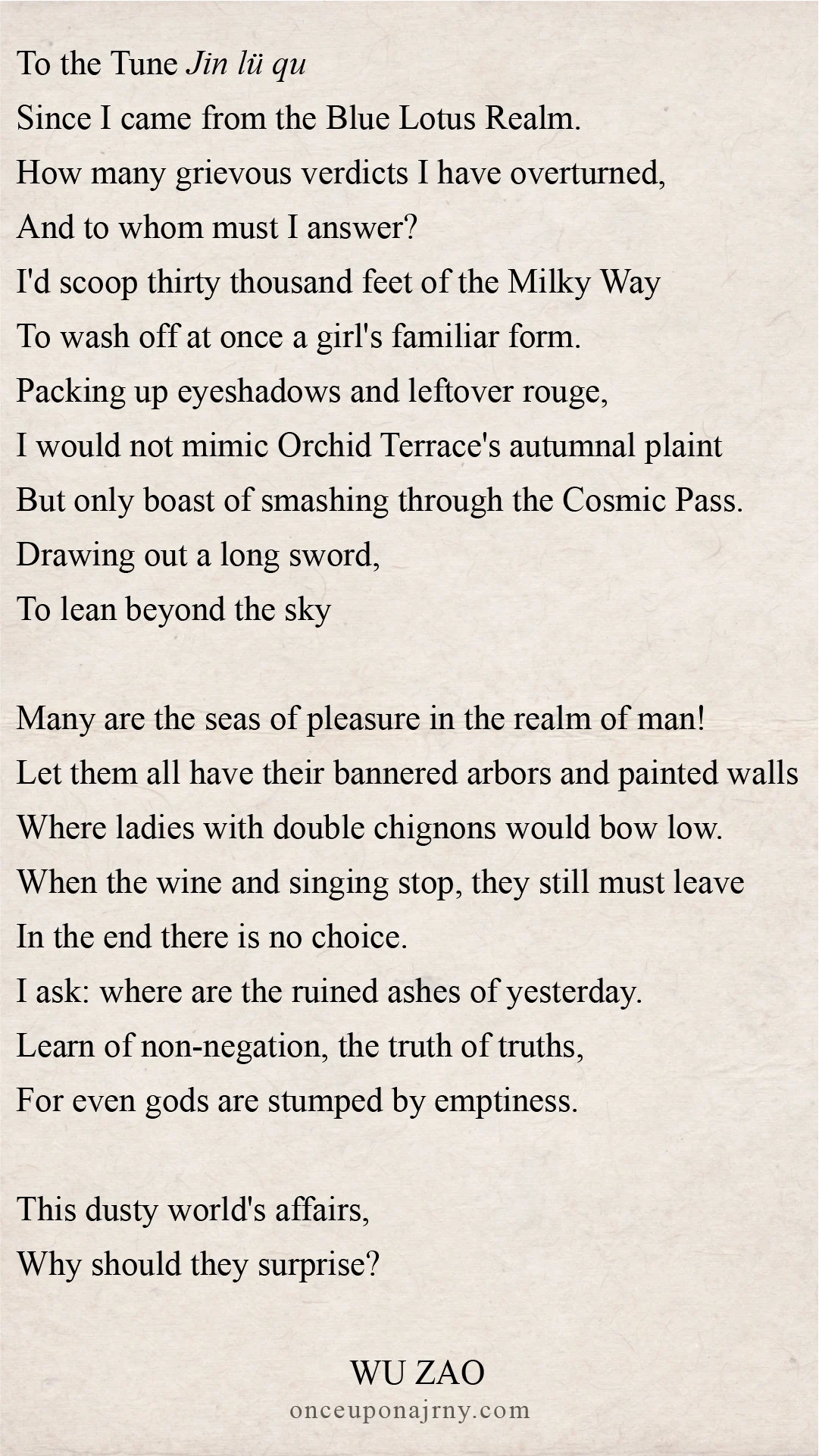
Scholar Shuojun Chen argues this passage showcase Tsao’s wish to “wash off…a girl’s familiar form.” Though it’s unclear whether Zao’s desire for gender nonconformity reflects the lack of autonomy women had or results from queerness, these lyrics still hit.
As a non-binary person, I can find pieces of myself in her work beyond just a sapphic connection.
- Christina Rossetti
The debate over whether Christina Rossetti was a closeted lesbian or not continues. Like most alleged lesbians who lived in the 19th century.
Rossetti was a British poet to an Italian immigrant father. She was very close to her brother, who constantly gave feedback on her lesbian poems. He was her lesbian poem book agent. He even helped pull manuscripts together, gave edit and title suggestions, and helped land publishing deals.
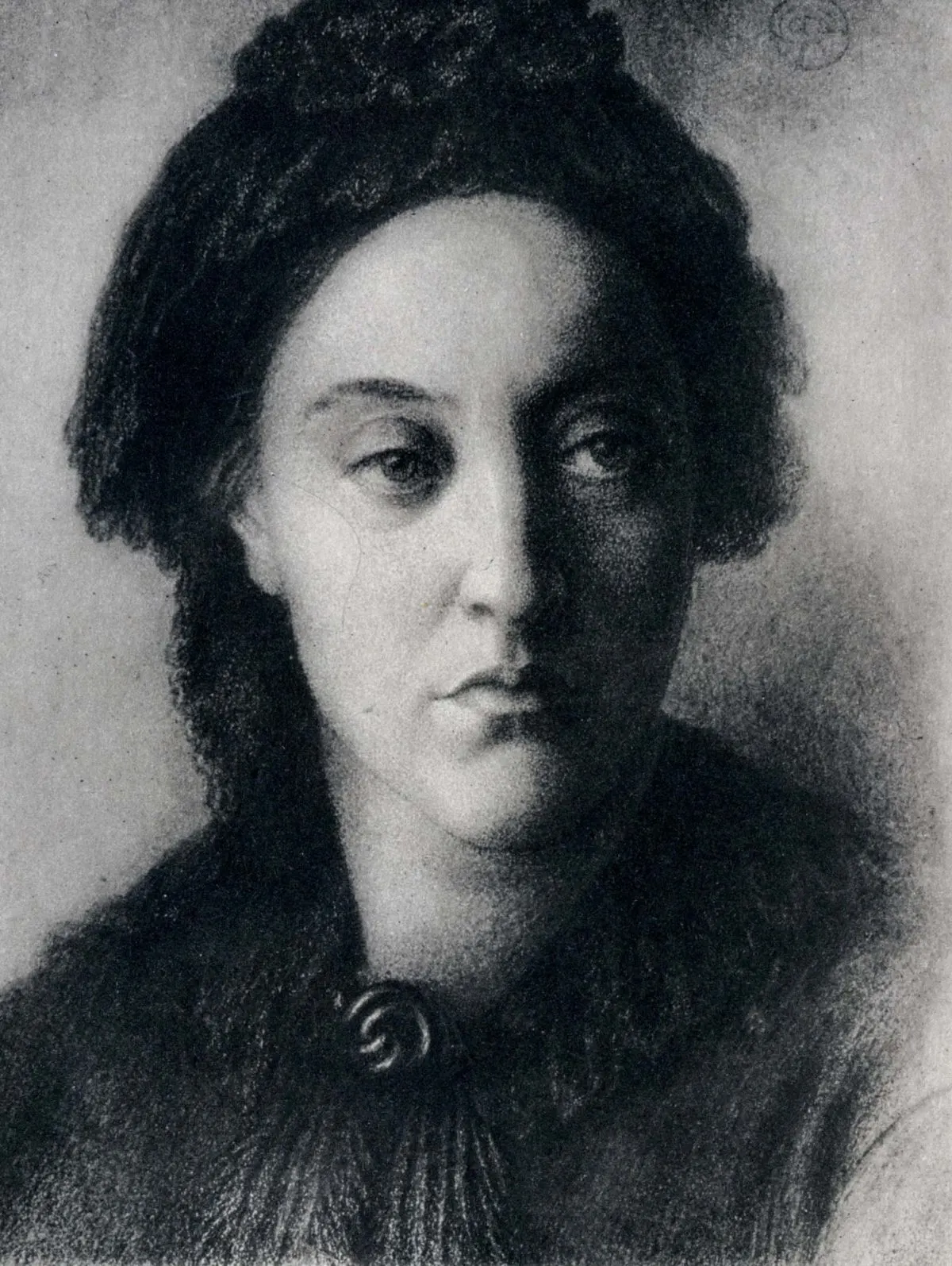
The poem that still gathers the most attention is “Goblin Market.” Like most of Rossetti’s work, this poem takes on many meanings. Rossetti’s preference for conciseness often leaves much room for interpretation. Of course, that means her poems leave a lot of space for queering.”
“Goblin Market” follows two sisters as they are tempted to eat fruits from Goblins. [Spoilers ahead!] A sister falls ill after eating fruit. She only regains health after licking the fruit juices off her sister’s face. Now isn’t that a little fruity?
Of course, the pair in the poem are sisters; I’m not condoning that kind of relationship. But for a poem published in 1862, it leaves room for wonder. Did Rossetti use sisterly bonds as a cover for a lesbian relationship? Many lesbians would agree. The proof is in the poem.
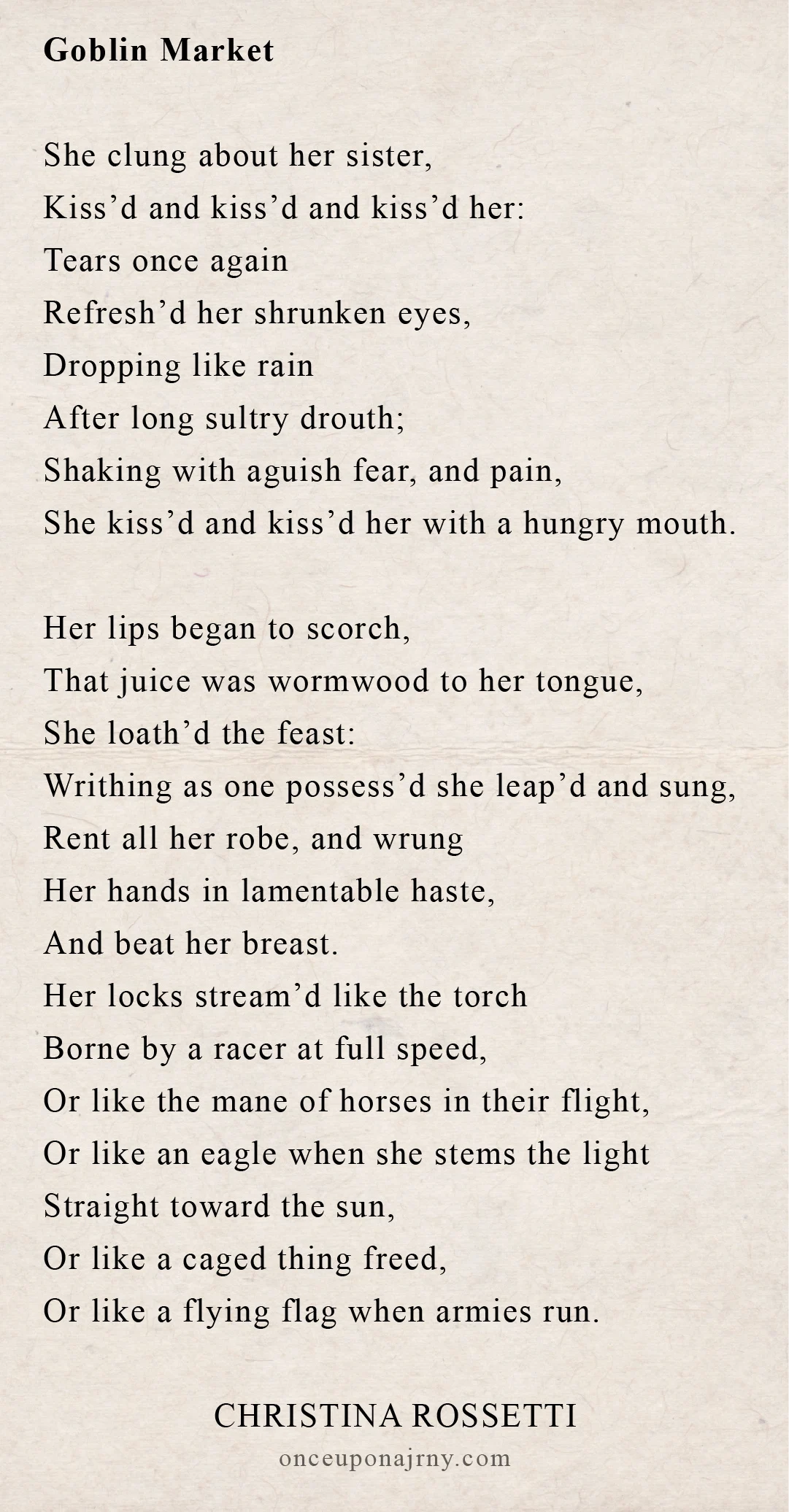
That sounds more like my relationship with my wife than my sister. And that’s just one piece of this lengthy, sapphic-infested poem.
Read the whole poem “Goblin Market” here.
A Speculated Mentally Ill Lesbian Poet
Apart from “Goblin Market,” Christina Rossetti’s typical poetic themes might also resonate with lesbians. Rossetti’s poems often focus on mortality. There’s much speculation on whether or not Rossetti had some mental illness.
In 1845, she fell ill. One doctor deemed the culprit a heart condition. Another doctor said she was sick in the head.
If you’re like me, mental illness may be part of your queer experience. Not saying that all lesbians are mentally ill (or vice versa), but there is significant overlap. So the studies say—just another Rossetti clue to pin her on this lesbian poet post.
No matter if you want to laugh, cry, need some romance, or want to watch lesbians making out; we could all use some lesbian short films to fulfill our needs.
- Michael Field, AKA Lesbian Poets Katherine Bradley and Edith Cooper
Michael Field certainly doesn’t sound like a lesbian poet. Well, Field is TWO lesbian poets! That’s right, folks! A two-for-one.
Katherine Bradley and Edith Cooper were lifelong partners and poets. They collaborated on their poetry and published under the pseudonym Michael Field. Because if a man wrote it, people would take it seriously. Especially back in the late 1800s to early 1900s.
One poem even describes the little setup they shared. “It was deep April, and the morn” plainly states, “poets and lovers evermore.”

I could go on about how the line “Poets and lovers evermore” includes the title of two Taylor Swift albums. And how this is written from the male perspective. But I will spare you this time.
Lesbian Poets Katherine Bradley and Edith Cooper
Bradley and Cooper did everything together in a very lesbian fashion. Other than writing poetry together under one name, they also had conjoined private diaries. I mean, come on.
If I tried something like that with my wife, my therapist would undoubtedly have something to say about it. (Starts with” “Co,” ends with “dependence.”)
On a fun note, the pair were pretty open about their relationship. And in their small circle, most people accepted it for what it was: deeply romantic. Bradley and Cooper considered themselves married and lived together until the end of their days.

Bradley and Cooper’s poetry didn’t necessarily hide their lesbian roots either. They often nodded to the works of Sappho and the legend’s poetry as inspiration.
Their volume, Long Ago… takes some of Sappho’s remaining fragments and develops them into fully fleshed-out works. It sounds like a tremendous lesbian poetry exercise that I might try.
One last nod to Michael Field’s lesbianism is the beauty of this poetry collection, Wild Honey from Various Thyme. Charles Ricketts and Charles Shannon (another gay couple) often designed Bradley and Cooper’s books. And this one turned out beautifully reflective of their lesbian poems and lesbian identities.
- Gertrude Stein
Stein entered the lesbian poetry scene after she turned 29 in 1903. This is the year Stein dedicates herself to writing after attempting and failing to study psychology at a school near Harvard.
Afterward, she followed her brother to London and, later, Paris. Here, she embraced and immersed herself in the world of avant-garde and the arts.
Her first book, Three Lives, reworked a lived lesbian affair experience. Unfortunately, her vision of “rework” included swapping “lesbian affair” for “slight interracial affair.” Fear not! Her poetry gets gayer than this.
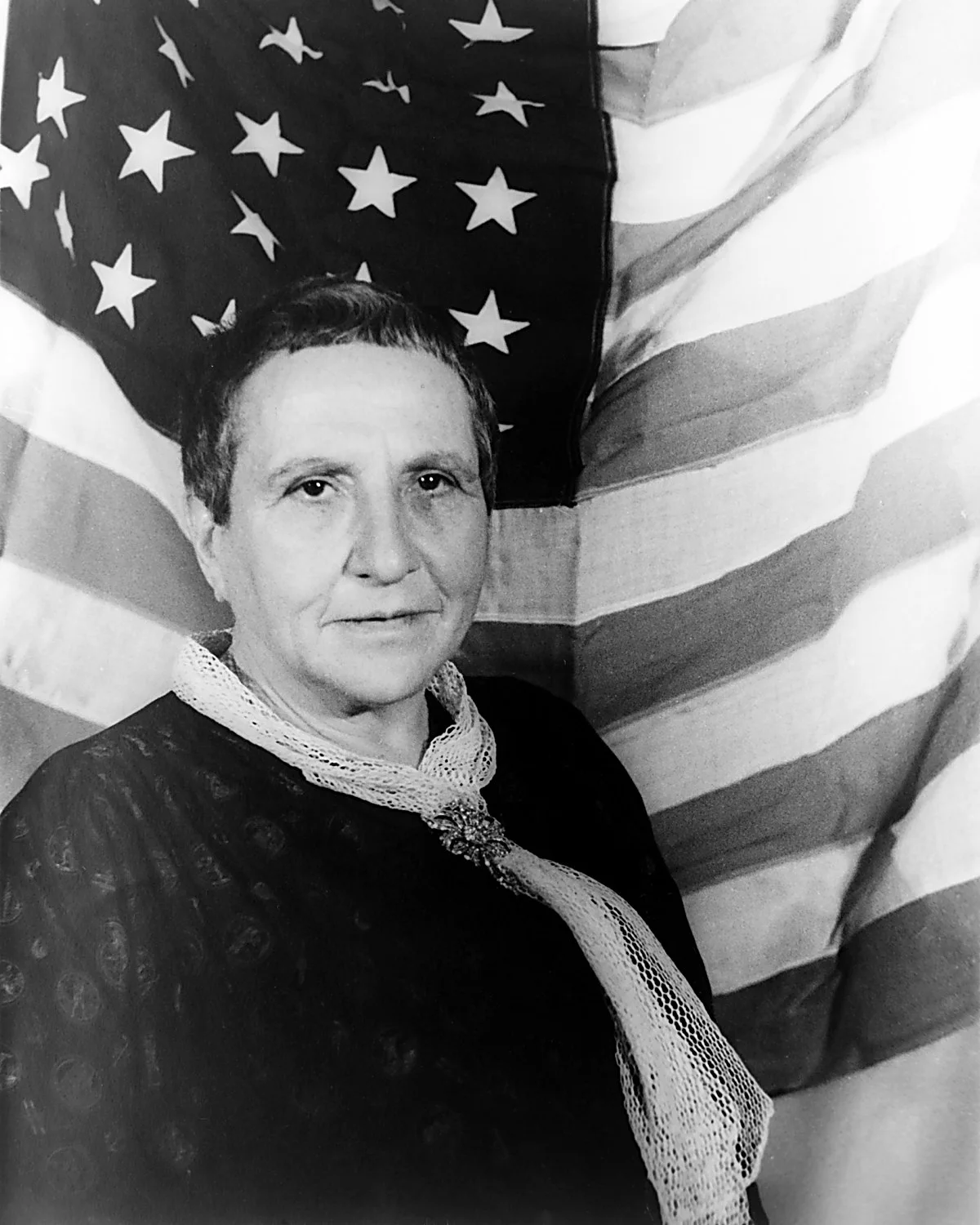
Gertrude Stein maintained a lifelong relationship with Alice B. Toklas, a woman also part of the Parisian avant-garde club. She would later publish a very famous cookbook.
The two sent hundreds of love letters to each other over the years, most of which are very poetic. Lucky for us, a publication of their letters is available.
To top it off with a bit of extra gay, Stein wrote a book called The Autobiography of Alice B. Toklas. The book is about Stein, written by Stein, but froToklas’s’ point of view. Very experimental, avant-garde stuff. Very gay.
Birth of Avante-Garde Lesbian Poetry
I distinctly remember taking “Creativity” class in college with my roommate back in 1616, where different groups gave presentations on other creative circles.
My roommate, having the Parisian avant-garde community, talked at length about Stein and Toklas’ “Lifelong friendship. They, like, lived together forever.”
Props to the professor who said something like, “Doesn’t that sound pretty gay to you, Rachel? You can say the word! They were gay!”
So yes, they are finally teaching in some liberal universities that Gertrude Stein was a lesbian poet.
- Elizabeth Bishop
Elizabeth Bishop grew up shuffled amongst the extended family in the wake of her father’s passing and her mother’s institutionalization in 1916. The works of Victorian poets entered her life when an aunt introduced them, possibly encouraging her to explore creating her poetry.
When Bishop enrolled at Walnut Hills School for Girls and Vassar College (in Dutchess County), she met fellow poet and mentor Marianne Moore. Now it’s impossible to say whether or not the two partook in lesbian activities together, but Bishop did write a poem about Moore.
Here are the last three stanzas of Bishop’s poem “Invitation to Marianna Moore.”
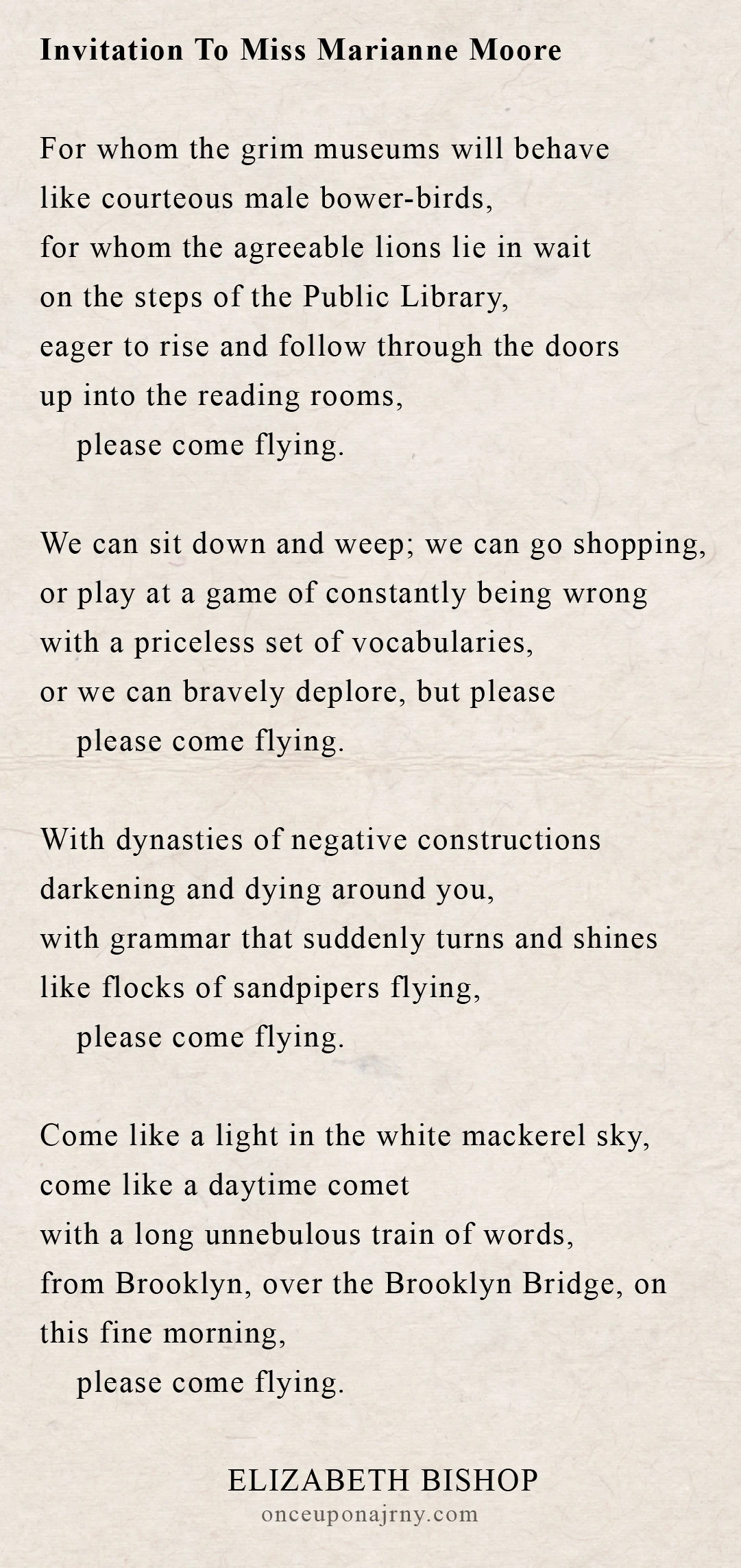
That reads with some hints of lesbian poetry to me. It’s not so much of an invitation as it is Bishop begging Moore to please come flying. The entire poem sounds like this, which you can read in full.
Later, Bishop had a relationship with the architect Lota de Macedo Soares. This relationship was up and down and lasted for 15 years.
There’s even a lesbian movie about the lesbian poet and the architect called Reaching for the Moon, which may or may not be a complete retelling of actual events.
Postponed Lesbian Poetry
However, much of Bishop’s work isn’t lesbian love poetry. Her poems focus primarily on scenery, especially places she’s traveled.

But after Bishop passed, another collection of her poems was published. These poems (likely works intended to remain private) reveal a more sensual, emotional side to her poetry.
The post-passing publication of the poems Edgar Allen Poe & the Juke-Box brings a little more lesbian love poetry to the world. And like Emily Dickonson’s post-passing publications, we lesbians benefit.
Read these lesbian stories by 10 lesbian couples!
- Renée Vivien
Our next lesbian poet churned out plenty of poems for lesbians. Renée Vivien was a British poet who grew up in London and Paris.
When Vivien inherited her British daddy’s money at 21, she moved to Paris and didn’t look back. Vivien lived up to the crazy whirlwind of lesbian drama in the form of explosive, passionate relationships.
The first on her lesbian love list was Violet Shilito, a childhood friend. Violet never quite returned the love Vivien had. Very stereotypical lesbian to fall for someone straight (or unavailable).
Next up, we have Natalie Clifford Barney. In 1900, the two began an openly lesbian and jealousy-fueled relationship. It likely included lots of cheating and lots of power and control dynamics.
At one point, Vivien refused to see Barney. Barney sent gifts and friends to convince Vivien to come back.
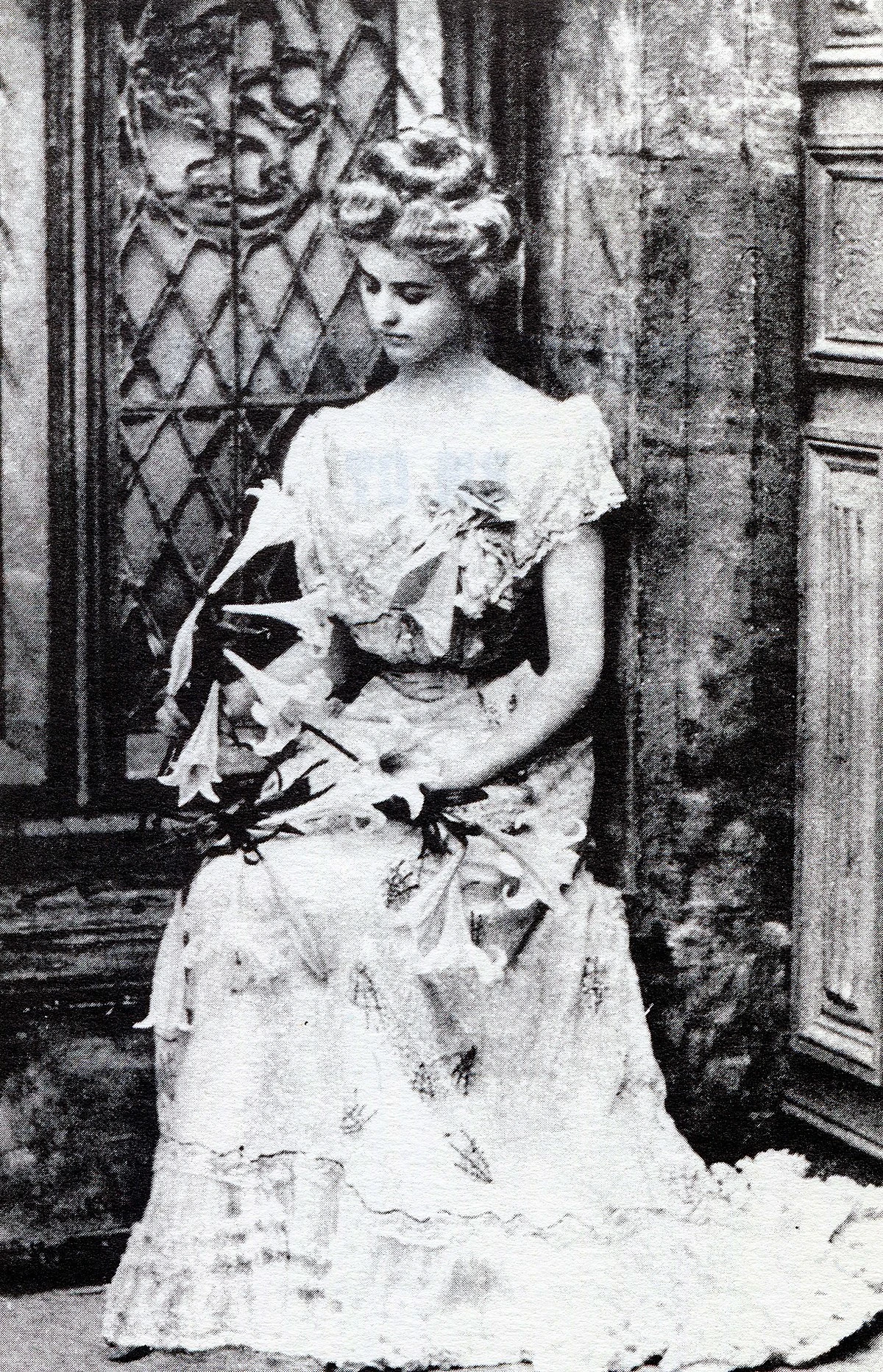
Then came Baroness Hélène de Zuylen. With a significant social status, marriage, and children, Baroness did not want a public relationship. The pair wrote together under the pseudonym Paule Riversdale.
While in a relationship with Baroness, Vivien shared a storm of passion with a Turkish admirer, Kérimé Turkhan Pasha. Pasha could not leave her Turkish diplomat of a husband, but the desire still ensued via lesbian love letters.
Baroness left Vivien for another woman. Kerime ended their affair. Her childhood friend passed because of typhoid fever. A spiral of addictions followed until her passing.
Disaster Lesbian Poet
What’s all this lesbian drama have to do with Vivien’s work? Her sapphic identity influenced a significant number of her poems.
The number of sapphic people seeking such poetry revives Vivien’s popularity in recent decades; Vivien wrote poems for lesbians.
I speak for more than just myself when I say lesbians gain a sense of feeling understood and seen in Vivien’s poems.
In her poem “Words to My Love,” lesbian readers recognize coming out and lesbian identity.

Like “Words to My Love,” many of Vivien’s poetry will resonate in sapphic hearts.
Though the same as many poets of the past, we have to speculate about lesbian content and identity. But Vivien was undoubtedly a lesbian poet writing lesbian poems for lesbians.
I’ll wrap up this section on Renée Vivien with a poem she wrote about a lover. Nothing like an emotional and sensual lesbian love poem.
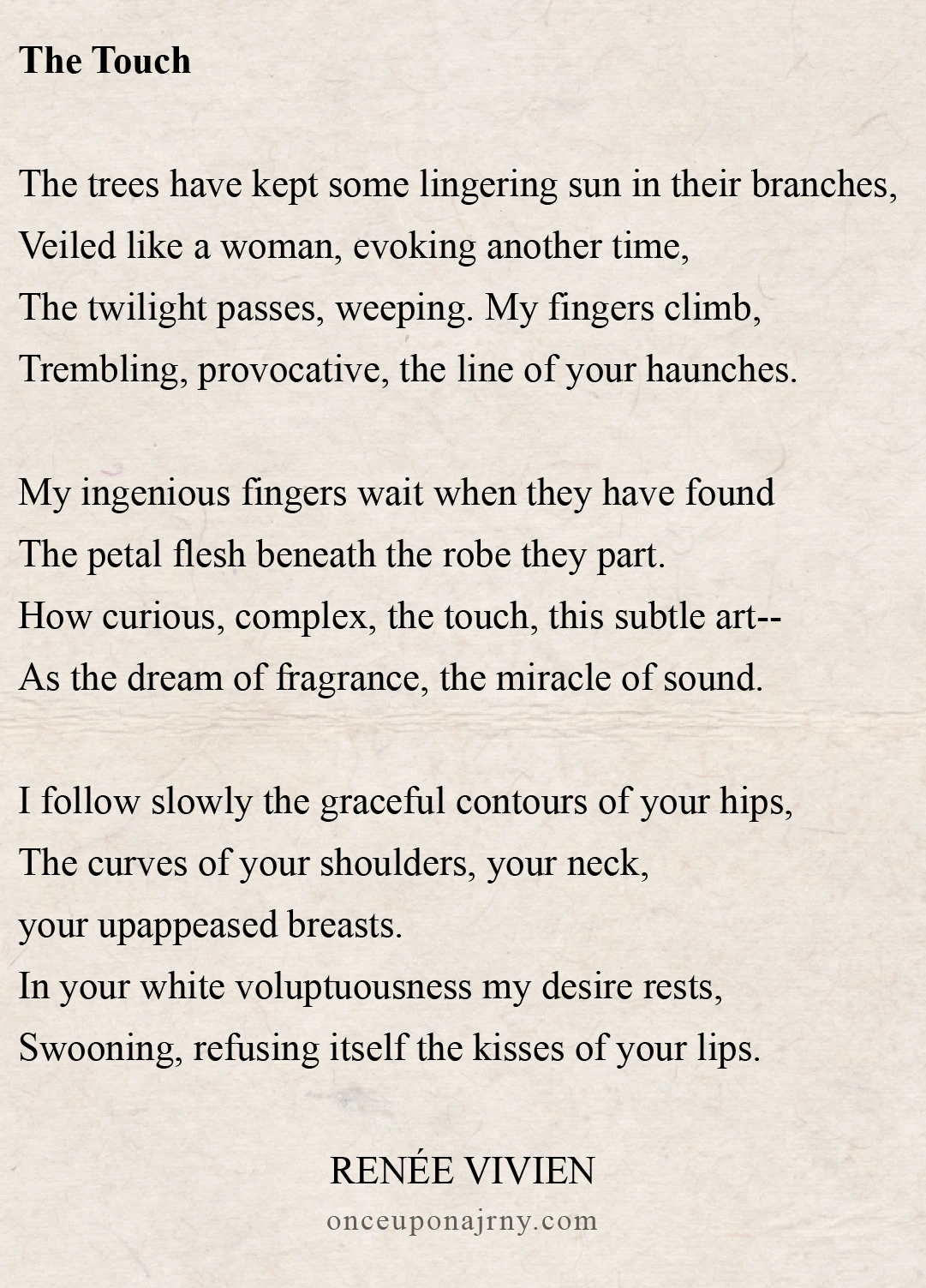
- Amy Lowell
Amy Lowell makes her mark in two ways. One, she helps bring the Imagist Movement to America. Two, her poetry describes flowers in very suggestive ways.
Born in the last quarter of the 19th century, Amy Lowell grew up in a wealthy family. After high school, some accounts note her family discouraged pursuing higher education (because why would a woman need that?). So, she read—a lot.

Lowell would come to publish over 650 poems in her lifetime. Her first poetry collection came out in 1912, titled, A Dome of Many-Coloured Glass. Though she would go on to be successful, Lowell met with a lot of criticism early on. She faced ridicule for her weight and appeared too masculine (she smoked cigars).
Lucky for us, the trolls didn’t deter her from writing many lesbian love poems. Of course, lesbianism remained hidden.
Take a look at her poem “The Weather-Cဝck Points South.” Straights will read about flowers; lesbians will read about something else entirely.

Amy Lowell also wrote a lot about her lover, Ada Russell. The pair were together from 1912 until Amy passed away in 1925.
Lowell’s poem “A Decade” is a lesbian love poem about Ada.
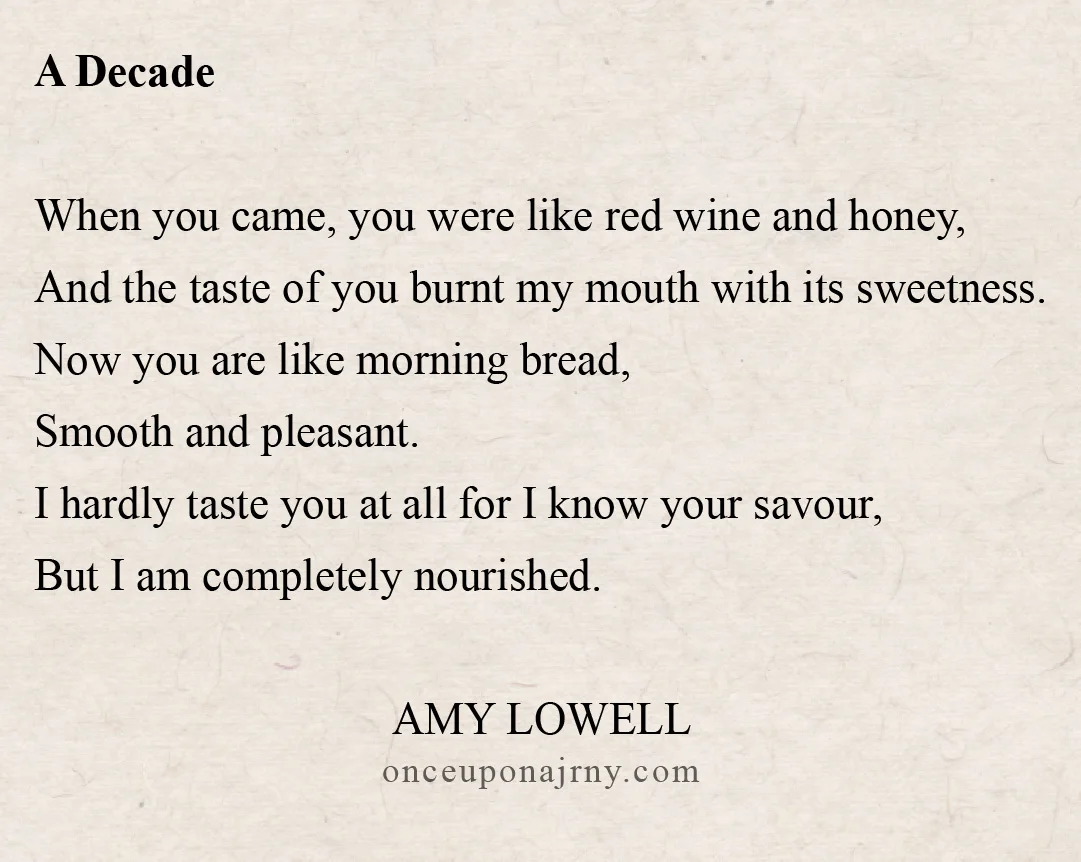
Lesbian Imagist Movement
Amy Lowell did more than contribute to lesbian poetry. Across the pond, the Imagist Movement intrigued Lowell. She traveled to England to get a better grip on the movement and returned to the US with the intent to keep the ball rolling.
Upon her return, she helped set the expectations of what Imagist writing would look like. This included using everyday speech, creating new rhythms, and focusing on images.
She saw value in creating poetry that struck readers as clear and concrete. Over time, these expectations become key components of the legacy she left behind.
- Elsa Gidlow
Elsa Gidlow is a lesbian famous for publishing North America’s first collection of lesbian poetry. In 1923, On a Grey Thread, by Elsa Gidlow, became part of lesbian literature history.
Born in England in 1898, Gidlow and her family immigrated to Montreal as a child. Without formal education, Gidlow mainly taught herself. As a young adult, she moved to New York and, a few years later, to San Francisco.

Gidlow befriended Phyllis Lyon and Del Martin, a lesbian couple in California. Lyon and Martin would go on to find the country’s first social-political organization for lesbian issues, the Daughters of Bilitis.”
“Bilitis” was a nod to another lesbian poetry collection, The Songs of Bilitis. Since this was written by Pierre Louÿs—a man, not a lesbian—I decided not to highlight it.
America’s First Lesbian Poetry Book
Before the publication of On a Grey Thread, Gildow started as a freelance journalist. She even went on to co-publish one of North America’s first openly queer newspapers. It shared LGBTQ issues and stories within the queer community.
When it came to her poetry, Gildow often self-published. Many of her collections had limited copies. On a Grey Thread remains the most discussed collection today. The volume starts with celebrating queer identity and the duality of living both happy and saddened with it.

The entire poetry collection is available online. Along with the country’s first lesbian poetry collection, Gildow also published the first lesbian autobiography without using a pseudonym.
She finished Elsa: I Come With My Songs just before her passing in 1986.
These are the best queer & lesbian quotes to live, laugh, lesbian!
- Audre Lorde
Audre Lorde is the human embodiment of literature and activism. It is impossible to discuss her poetry without discussing everything our Lesbian Lorde stood for and fought against.
Born in 1934, Audre Lorde began writing poetry at the very young age of pre-teen. As a child, she read poetry and committed words to memory.
Even today, many marginalized voices come to the table to fill an existing gap. Lorde just found her gap at age 12. She once explained, “When I couldn’t find the poems to express the feelings I felt, that’s what started me writing poetry.”
Popular magazine Seventeen published her first poem while she was still in high school. Lorde became a librarian in New York public schools during the 60s. She married a gay white man, Edwin Rollins, had a couple of kids, and divorced by 1970. Then she met her lifelong partner, Francis Clayton.

Intersectional Lesbian Poetry
Audre Lorde spent much of her life as a writer and poet addressing racism and homophobia (and lesbophobia). She truly saw the value of acknowledging all aspects of an individual’s identity.
When it came to herself, she declared, “I cannot be simply a Black person and not be a woman too, nor can I be a woman without being a lesbian.” Lorde spoke of intersectionality before it became the term we know today.
Though Lorde’s poetry can be found in many volumes, a great deal comes together in The Collected Poems of Audre Lorde. The collection contains passionate declarations of her intersecting identities: Black, lesbian, and feminist.
Of course, Lorde wrote more than just poems. Do you remember us mentioning her biomythography, Zami: A New Spelling of My Name, in our post on the best lesbian books?
I’ll end this section with her poem on intersecting identities, appropriately titled “The Black Unicorn.”
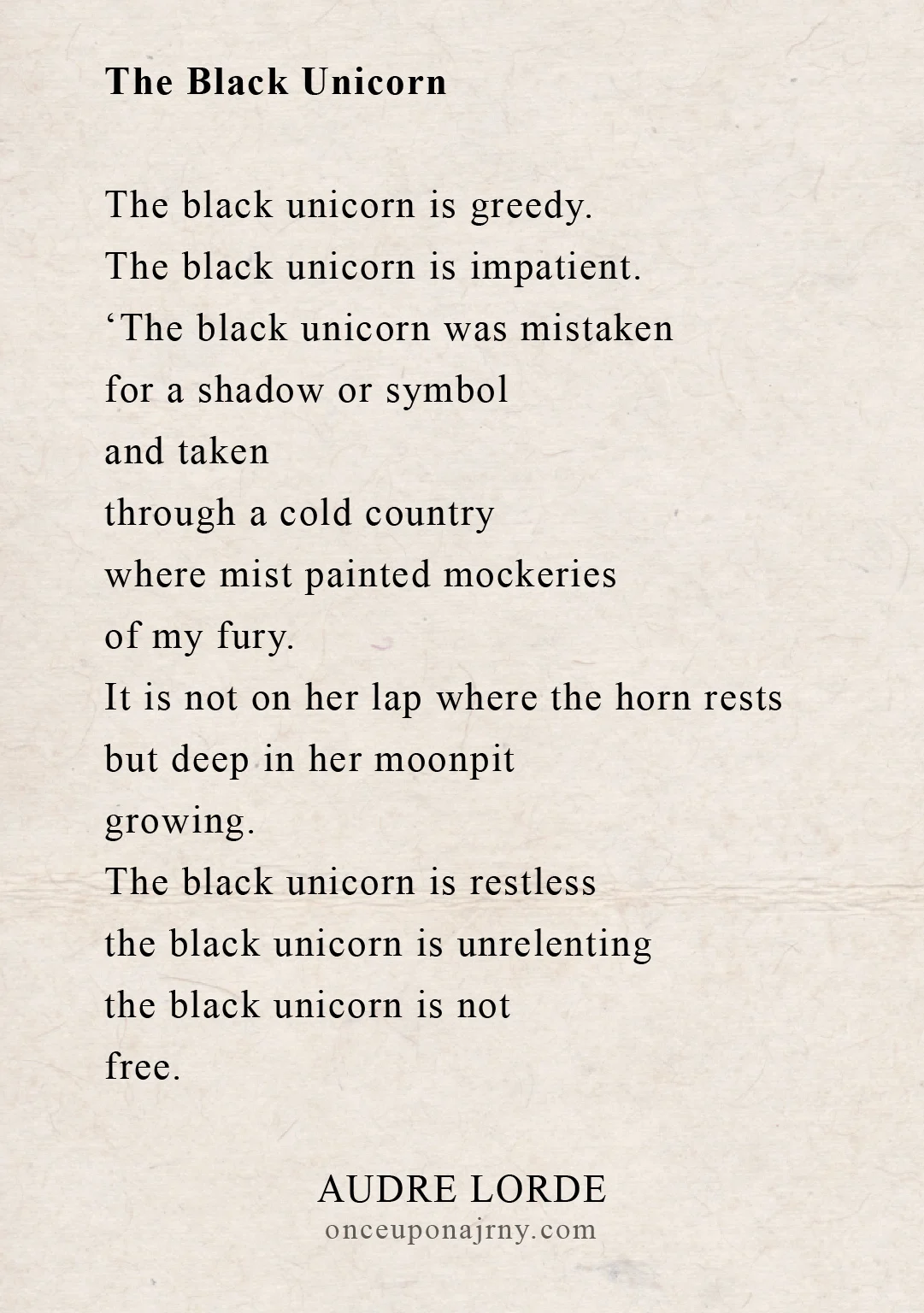
- Beth Brant
Beth Brant is a lesbian poet with indigenous roots. Born in Waawiyatanong/Detroit in 1941 to a Mohawk father. Her Mohawk names are Degonwadonti and Kaieneke’hak, and her heritage plays a significant role in her works.
I love Beth Brant a lot because she didn’t start writing until she was 40. Take it from the example of this Native lesbian poet—you are never too old to leave your mark.
She published a book and contributed lesbian poetry to many collections in the second half of her life.
Brant’s writing focuses on themes of feminism and Native rights. She published her book, Mohawk Trail, in 1985. It binds poetry, stories, and essays together in an autobiographical account of her life and identity.
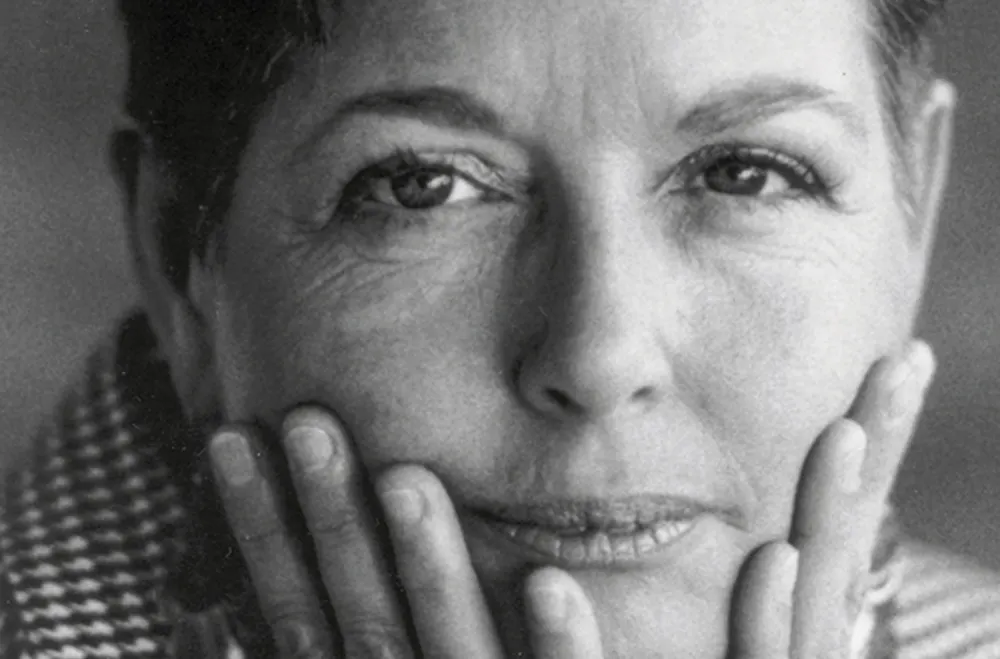
An Indigenous Lesbian Poet
Unfortunately, most of her poems are scattered across various collections with limited copies. Even getting a hold of Mohawk Trail is an expensive challenge.
Thankfully, a lesbian literary journal, Sinister Wisdom, pulled her poems into one collection in 2015 to keep her work circulating after her passing.
Beth Brant knew feminism and Native and LGBTQ rights were vital to her. She found the National Organization for Women (NOW) too white and lesbian exclusionary.
Brant did get involved in the Women’s Liberation Coalition and, perhaps more importantly, challenged her political frustrations in her work.
- Mary Oliver
There’s been much talk about the lesbian poet Mary Oliver in recent years. After researching this beloved poet, I am quick to see why. After simply reading her Wikipedia page, I immediately put a hold on one of her poetry collections at my local library.
Sadly, Mary Oliver passed away just a short few years ago in 2019 from lymphoma. Her passing has brought on a surge of discussion about her poetry. Lesbians and straights alike love her work, particularly for its accessibility.
Mary Oliver is the lesbian poet you want to read if you aren’t sure where to start. If you’re not sure if poetry is your thing, Mary Oliver’s work will ease you into the art of poetry.

Accessible Lesbian Poetry
Growing up in a problematic home in Ohio (likely enduring assault), Mary Oliver often escaped to nearby woods. When she moved to Provincetown, Massachusetts, nature continued to have a significant impact on Oliver’s life. She undoubtedly worked this into her lesbian poems.
Much of Mary Oliver’s work focuses on nature and its little appreciation for it. When does the buzz of a bee become God himself? That’s Oliver’s magnification of nature.
If you zoom in on one aspect of nature enough, anything can be a spiritual experience. So, much of Oliver’s work isn’t overtly lesbian, but it is lesbian in natureWhat’s’s more lesbian than cottage core spirituality?
Plus, Mary Oliver was an out lesbian. She moved to Princetown with her lifelong partner, Molly Malone Cook. They met when Oliver was young, and essentially, they lived happily ever after. When Cook passed, Mary Oliver wrote Our World, a beautiful book dedicated to Cook and their love.
I’ll sign off on Mary Oliver with one of her most beloved poems, “Wild Geese.” Something between what my therapist might say to me and what I wish my mom would say to me, Mary Oliver knows what we need to hear.

Lesbian poets have much to offer to the literature world and lesbians themselves. Which lesbian poets and lesbian poems are your favorites? Which are you going to check out?
Do you have any questions or want to add something to this article about lesbian poems and lesbian poetry? Drop it below or send us a message.
Find us on Instagram, YouTube, and Facebook.
And if you enjoyed this article, don’t forget to share it with all your friends and family! Thank you so much!
MORE TO READ:
- Lesbian romance movies for a romantic date night
- Tips for lesbian long-distance relationships
- Lesbian TikTokers you need to follow
- Best lesbian dates: lesbian date ideas for the whole year
- LGBT Pride tattoo ideas: rainbow tattoos and more
PIN THIS ARTICLE

